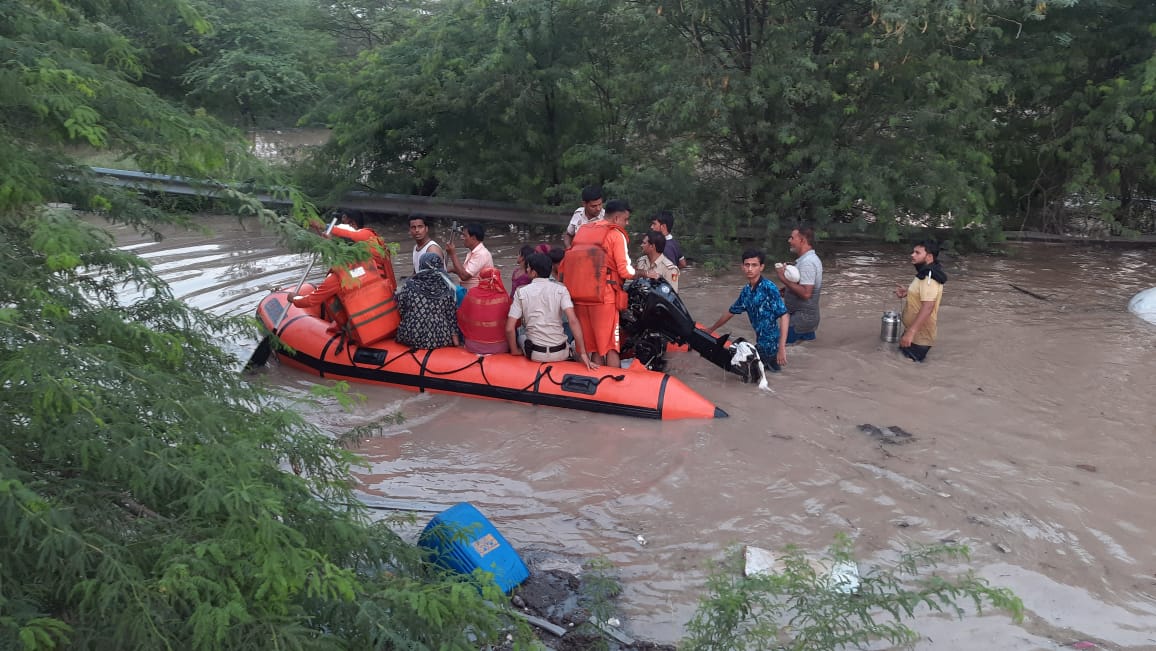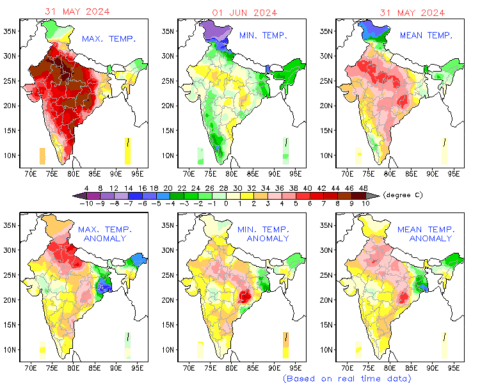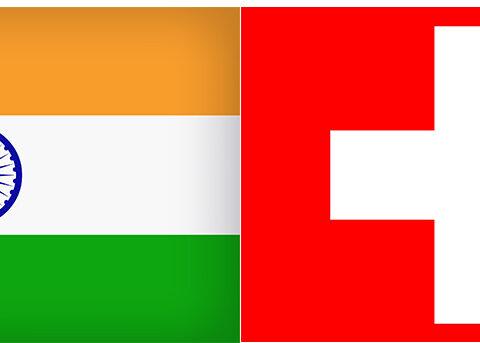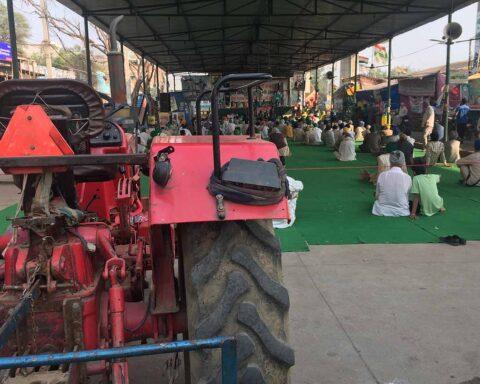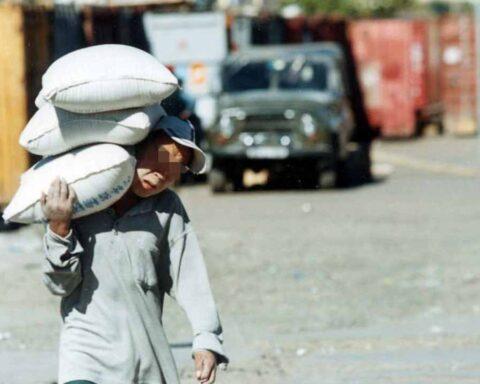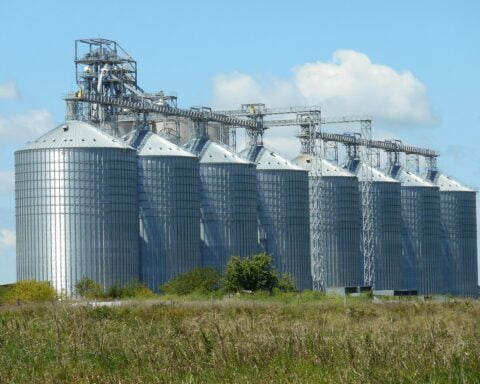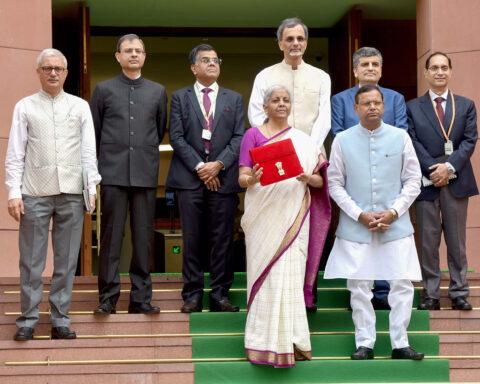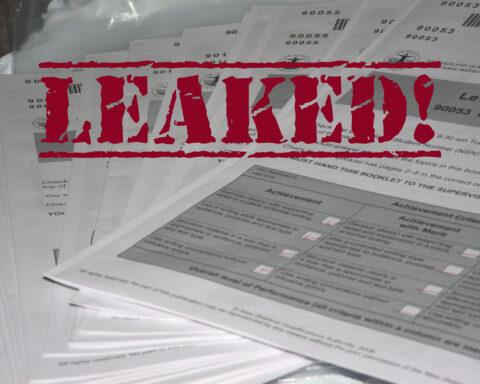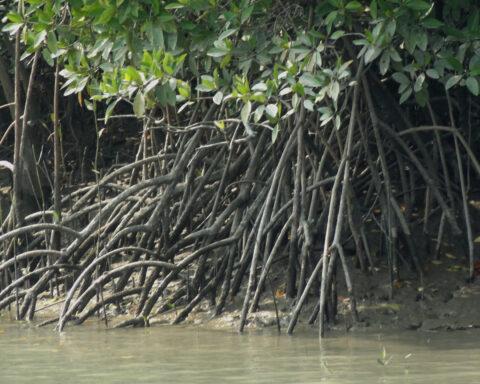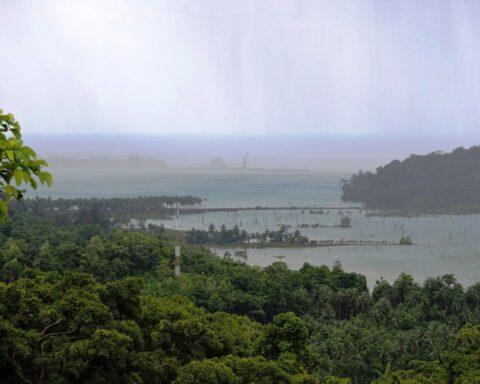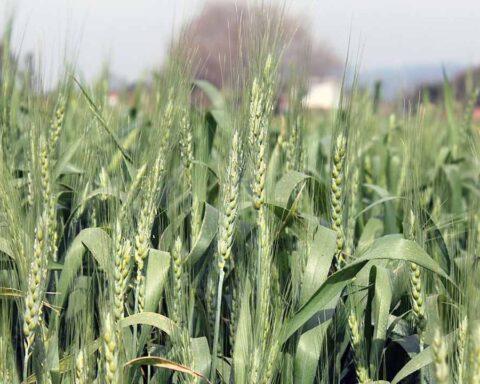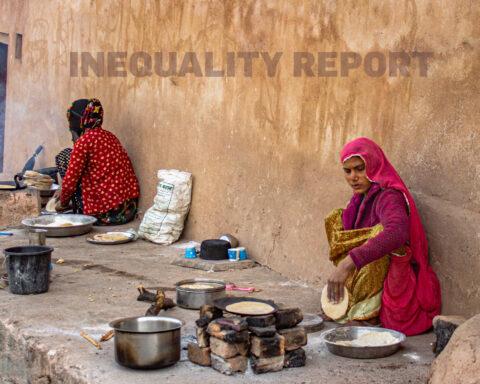The Yamuna in Delhi breached the 45-year-old high-water mark on Thursday morning, inundating large areas in North Delhi and North-East Delhi. The some of the worst affected areas include the stretch from Kashmere Gate to Majnu Ka Tilla, Rajghat, Civil Lines, Wazirabad, Jamuna Nagar, Red Fort, and parts of Purana Quila, among others. This is the worst flood that Delhi has witnessed in more than four decades.
The Delhi Government declared closure of schools and offices and have asked the non-essential staff to work from home until Sunday.
The Indian Meteorological Department (IMD) has issued an alert that Uttarakhand will experience heavy rainfall for the next five days and has issued a red alert for the next 48 hours.
https://twitter.com/Indiametdept/status/1679387606935797762?s=20
With more rain predicted, the flood situation in Delhi is likely to remain grim for the next few days.
By 8 am on Thursday, the river was flowing at 208.55 metres at the Old Railway Bridge, breaching the 207.49 metre mark set in 1978. As of 8 pm, the water level decreased slightly to 208.66 metres, but still flowed well over the danger mark of 204.5 metres.

